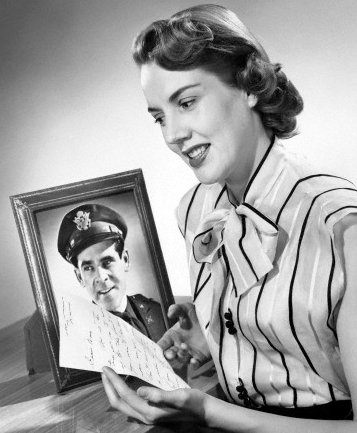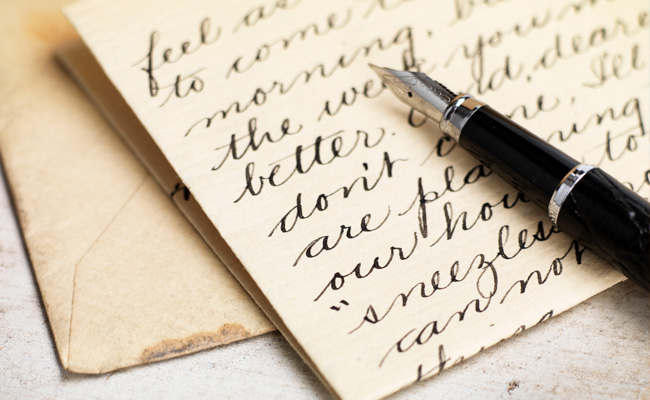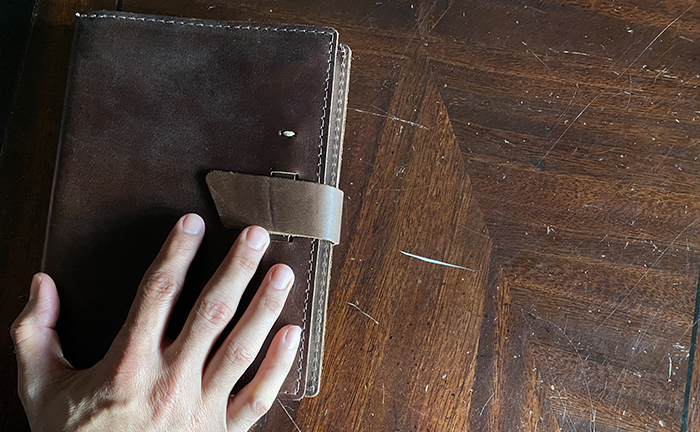
When smartwatches started to really emerge in the early 2010s, it would not be too much hyperbole to say that my reaction to them was one of disgust. Smartphones were already being whipped out of pockets and fixedly gazed at to an increasing degree, and the thought that people were now going to strap this kind of tech to their body, and have a screen literally at hand 24/7, seemed like a harbinger of a dystopian future. One which was going to further fragment our attention spans and conversations, and make us a little more automaton and a little less human.
That remained my attitude towards smartwatches until a friend shared a surprising observation: she said that her smartwatch made her less attached to her phone, and to digital tech in general, rather than more.
Then I started hearing the same thing from other folks.
The more I thought about this observation, the more it made sense to me.
Trying to be a good digital minimalist, I would put my phone in another room from where I worked, in order to avoid being tempted to check it. But I couldn’t cut myself off from communication altogether; I might get a call that something had happened with my kids at school, or a text from a friend who had a urgent question. So I’d periodically go find my phone to check for calls or texts. Invariably though, once I picked up the phone, I’d think, “Well, while I’m looking, might as well do a little skim of Instagram . . . and let me see what the weather is going to be like tomorrow . . . and I wonder what’s happening on Twitter.” What was supposed to be a quick one-minute check for messages would turn into a twenty-minute time sink of mindless scrolling.
What my smartwatch-wearing friends told me was that their watches alleviated this problem by allowing them to see incoming messages at a glance, without getting sucked in to the other apps and features on their phones. Sure, smartwatches can host some of the same apps that are available on smartphones, but their functionality is more limited, and they’re more awkward, and thus less enticing, to use.
Based on these recommendations, this year I took the plunge and got myself an Apple Watch. After trying it for a few months, I’ve found that the observation of others — that it helps you detach from tech — has been born out.
I’ve set the watch to only give me notifications for calendar appointments, calls, and texts. The watch essentially functions as a 1980s telephone. 80s Man would have a land-line phone at home and the office, and could it hear it ring, regardless of what he was doing, but could choose to answer it or not, or answer it and keep the call quick if he was pressed for time. Or, perhaps more accurately, it’s like having an old school secretary who says, “Mr. McKay, it’s Mr. Smith on the line.” I can decide whether to put Mr. Smith through (i.e., answer the call/respond to the text right then), or to have my “secretary” take a message. Generally, it’s the latter; I don’t immediately answer my texts via my smartwatch, but respond later using my smartphone.
The calendar notifications have been handy in reminding me when I have a scheduled phone call or other meeting. It’s easy to get lost in the flow of work, so it’s nice to be buzzed with a reminder that some appointment is coming up.
Overall, I’ve found — in a surprise to my curmudgeonly expectations — that by putting a screen on my wrist, I’ve been looking at screens less in general. I pick up my phone less often, and thus get sucked into its vortex less frequently.
If I’m going to an intimate gathering of friends or out for a dinner date with Kate, I’ll generally take off the watch and swap it for a classic, analog timepiece; 80s Man didn’t have his phone follow him to restaurants and other people’s homes, and glancing down at texts can fragment conversation, as well as your mind, sidetracking your thoughts with external concerns and questions. I still try to be as present with people as possible.
If you’re curious about adopting the smartwatch for yourself, but aren’t sure about dropping serious change on an expensive one, experiment with something like the Amazfit, which Kate uses. Its functionality is pretty barebones: it’s got a few fitness features, but you can’t put apps on it, it doesn’t have wireless so that your phone has to remain 20 feet or so away for its bluetooth to work, and you can’t make calls or send texts. Basically, it just functions as a way to receive call/text notifications without your phone being right next to you. Plus, it’s affordable and the battery lasts for 6 weeks, so it’s very low maintenance.
If after a while of using a simple smartwatch you find it’s increased the separation between you and your phone, then you might consider investing in a full-on cellular version, and might come to love, or least like, it too.







